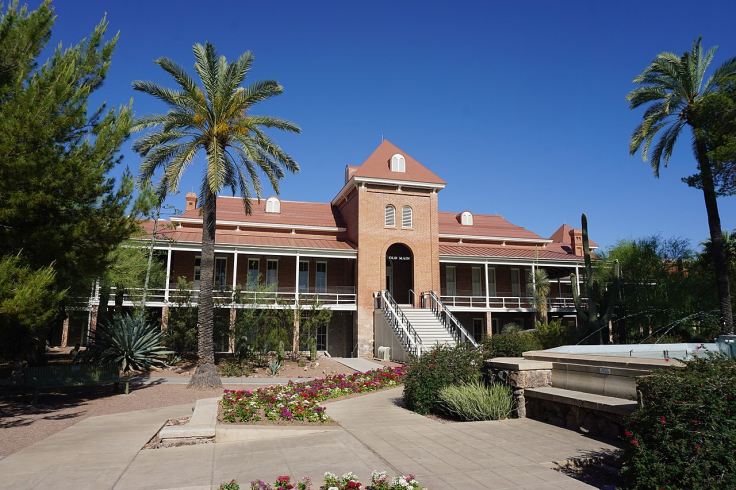The University of Arizona is moving forward with fully integrating its acquired online campus, the University of Arizona Global Campus (UAGC).
This contentious consolidation, proponents argue, could save the university millions of dollars, while critics see it as a potential financial misstep. The integration, deemed a "multi-year transformation," has sparked debates across the academic and financial spheres.

The Vision and the Challenge
Last week, the University of Arizona revealed its plan to fully integrate UAGC into its operations after a 12-week evaluation by Ernst & Young. However, the integration must first receive approvals from various regulatory bodies, such as the Department of Education and the Arizona Board of Regents. No target completion date has been set, emphasizing the complexity of the process.
Gary Packard, UA's senior vice provost of online initiatives, affirmed, "These results confirm our vision. Increasing online education improves access for individuals facing challenges that hinder on-campus degree pursuit." UAGC, formerly Ashford University, joined the University of Arizona in July 2023, three years after its acquisition. Despite the acquisition, both entities have operated independently with separate accreditations, leading to ongoing budget woes and state government concerns.
READ MORE : University Of Arizona Implements Cost-Cutting Measures, Reduces Projected Budget Shortfall To $52 Million
Financial Prospects and Enrollment Challenges
The 43-page E&Y assessment highlighted significant enrollment challenges at UAGC. The institution experienced a 9% decline in enrollment before UA's acquisition, followed by a 14% decline subsequently. Despite these figures, the report suggested that if UAGC's enrollment could stabilize at around 33,000 students, the university could save between $12 million and $21 million annually. However, the report did not provide details on how this enrollment stabilization might be achieved.
The University of Arizona, however, does not view enrollment as a critical concern. Instead, the focus is on retention over recruitment. A source within the university reported that UA Online attracts about 900 new students each year, and merging with UAGC's approximately 23,000 students will enhance the program's overall strength. Aaron Lacey, chair of the higher education practice at Thompson Coburn, emphasized that integrating the students under the UA umbrella could inherently bolster enrollment, leveraging the market to attract more students.
Ethical and Financial Concerns
The integration has not been without its controversies. Arizona Governor Katie Hobbs has expressed concerns regarding the acquisition, citing both financial and ethical issues with Ashford University's previous business model. Hobbs emphasized that ethical issues regarding Ashford's practices appeared to have been ignored during the acquisition. Over two dozen former UAGC students allege they were misled about degree costs and value, resulting in substantial debt and limited job opportunities.
Furthermore, UAGC's history includes substantial financial liabilities. The Department of Education warned the University of Arizona that it would be responsible for the debt incurred by Ashford University students through discharged student loans dating back to before the acquisition. The E&Y assessment acknowledged these liabilities, noting that the university acquired UAGC's operations and assets for $1, along with the assumption of nearly all its liabilities.
Experts remain divided on the potential gains and risks associated with UAGC. Phil Hill, a market analyst and ed-tech consultant, pointed out that while UAGC is currently breaking even financially, its rapidly declining enrollment poses a significant risk. He emphasized the liabilities stemming from ongoing legal issues and borrower-defense claims.
Conversely, Mark DeFusco, a senior researcher at Higher Ed Consolidation Solutions, criticized the acquisition as one of the worst case studies in higher education history. He argued that the transaction was flawed from the beginning, and the university has struggled to manage the integration effectively.
The University of Arizona's decision to fully integrate UAGC represents a significant gamble in the evolving landscape of higher education. Although there is potential for improved accessibility and cost savings, the university must confront declining enrollment, ethical issues, and financial obligations as integration progresses. Addressing these challenges is essential for a successful and enduring consolidation.
© 2025 University Herald, All rights reserved. Do not reproduce without permission.








